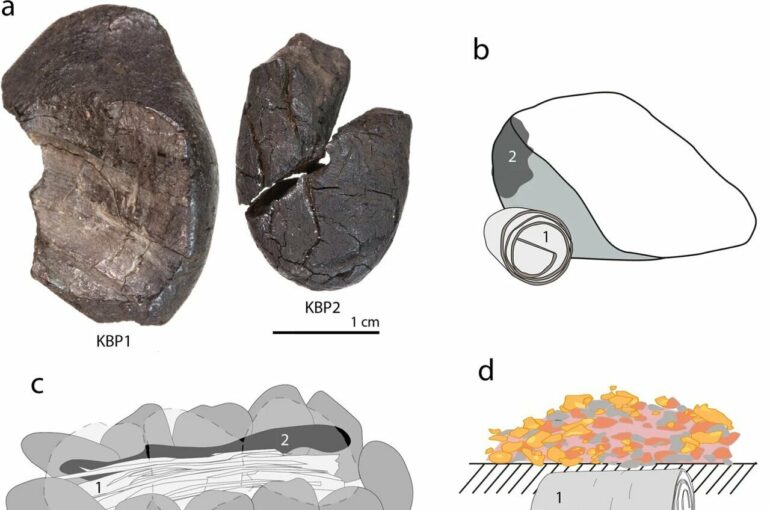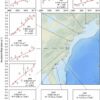A study led by Colorado State University suggests that the answers to how and why mountains form are buried deeper than once thought.
“Mountain building is a fundamental process of how Earth behaves,” said Sean Gallen, lead author and CSU assistant professor of geosciences, “and this study suggests that we may not understand that as well as we thought we did.”
Gallen and his team generated new data sets and techniques to use landscapes to reconstruct long-term histories of mountain building in southern Italy. Their novel approach yielded some “confounding” results, according to Gallen.
In subduction zones, like the one in Calabria in southern Italy, one tectonic plate dives beneath another plate. Mountains in these settings are believed to have formed through the crumpling and thickening of Earth’s crust.
The team combined measurements that recorded geologically short and long timescales, from thousands of years to tens of millions of years. Like a “geologic tape recorder” of the tectonic history, the landscape filled in the rest.
“In southern Italy, the landscape actually is the bridge between these different methods that we typically use,” Gallen said.
The flat, high-elevation patches of the landscape along the “toe” of the Italian peninsula represent a time when mountain formation was slow, and a steep transition below marks a rapid acceleration. These clues in the landscape allowed the researchers to produce a long-term, continuous record of rock uplift, the longest and most complete record of its kind.
“We would expect to see a correlation between the rate at which the plate is diving down beneath the other plate through time and our rock uplift history, and we don’t see that,” Gallen said.
Crumpling and thickening of the crust appears to be secondary to another process in the formation of the Calabrian mountains. Data points to descension of the lower plate through the Earth’s mantle and its alteration of the mantle flow field as the primary factor controlling rock uplift.
“The results suggest that the typical way we view mountain building doesn’t hold for southern Italy,” Gallen said. “It appears to be controlled by things that are much deeper within the Earth system. This behavior has been seen in models but never in nature. This is the first time we think we’ve observed it.”
Gallen cautioned that more data is needed to confirm whether their interpretation is correct, but it is backed by existing numerical models. Scientists have previously connected mountain height to tectonic plate interactions within Earth’s plastically flowing mantle, but this research indicates for the first time that this mechanism is the dominant force in mountain building in subduction zones.
“The records we have produced imply that deep earth signals appear to dominate what’s happening at the surface,” Gallen said. “I’ve been working in the Mediterranean for 15 years, and this result has profoundly changed the way I think about these subduction zones.”
Transformative, transparent research
The new techniques developed for this study offer a breakthrough in constructing long-term rock uplift histories.
The team created a unified framework based on a collection of standard geomorphology measurements—thermochronology, cosmogenic nuclides, bedrock river profiles and the record of past sea levels found in marine terraces. The novel approach goes back further in time than other methods and uses different data sets to constrain modeling in a unique way.
The method is best applied to active systems, where the modern landscape offers clues to its history. The further back in geologic time a system was active, the harder it is to reconstruct its history with confidence.
Software developed for the study, published in Nature Geoscience, is freely available for other researchers to use. Gallen hopes the new techniques will stimulate research and discoveries in other areas.
More information:
Sean F. Gallen et al, Calabrian forearc uplift paced by slab–mantle interactions during subduction retreat, Nature Geoscience (2023). DOI: 10.1038/s41561-023-01185-4
Provided by
Colorado State University
Citation:
Researchers uncover reasons to rethink how mountains are built (2023, June 2)



